#Pelicaniformes
Explore tagged Tumblr posts
Text


Black Herons (Egretta ardesiaca), family Ardeidae, order Pelicaniformes, South Africa
Bttm photo - Using its wings to create shade, which may attract some small fish, but also reduces the glare over the water making it easier to find prey.
photograph by Frikkie Bell
9K notes
·
View notes
Text

Xenerodiops mycter was an unusual heron from the Oligocene (~30 million years ago) of what is now Egypt.
Known only from a partial skull and an arm bone, it's estimated to have stood around 70cm tall (~2'4") and was probably fairly similar in overall appearance to modern night herons. Its beak was powerfully built and had a distinctive downwards curve, shaped more like some types of stork than other herons – suggesting it may have had a convergently stork-like lifestyle, slowly walking through its marshy habitat probing around for prey and snapping up whatever its beak came into contact with.
———
NixIllustration.com | Tumblr | Patreon
References:
Dickson, Meig. "Xenerodiops mycter." A Dinosaur A Day, 7 Jul. 2019, https://a-dinosaur-a-day.com/post/186367090025/xenerodiops-mycter
Mlíkovský, Jiří. "Early Miocene birds of Djebel Zelten, Libya." Časopis Národního muzea, Řada přírodovědná 172.1-4 (2003): 114-120. https://publikace.nm.cz/en/periodicals/jotnmpnhs/172-1-4/early-miocene-birds-of-djebel-zelten-libya
Rasmussen, T.; Olson, S.L. & Simons, E.L. "Fossil birds from the Oligocene Jebel Qatrani formation Fayum Province, Egypt." Smithsonian Contributions for Paleobiology 62 (1987): i-iv, 1–20. http://dx.doi.org/10.5479/si.00810266.62.1
Wikipedia contributors. “Xenerodiops.” Wikipedia, 1 Jan. 2024, https://en.wikipedia.org/wiki/Xenerodiops
#science illustration#paleontology#paleoart#palaeoblr#xenerodiops#ardeidae#heron#pelicaniformes#bird#dinosaur#art
288 notes
·
View notes
Text

Yellow-crowned Night Heron Nyctanassa violacea
7/28/2023 Guanacaste, Costa Rica
#yellow crowned night heron#night heron#night herons#heron#herons#ardeidae#pelicaniformes#costa rica#guanacaste#playas del coco#central america#bird#birds#bird photography#wildlife#nature#nature photography#wildlife photography#birding#birdwatching#my photos
57 notes
·
View notes
Text
Shoebill (Balaeniceps rex)
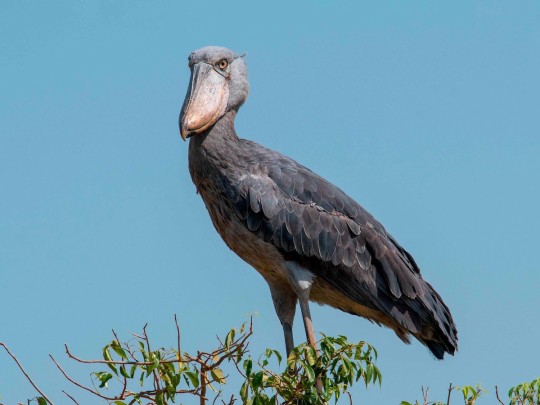
"Its creepy! And really neat. They make such unsettling sounds and remind me of a dinosaur" "The only reason I know they exist is because an old man in a RV park told me. Also they look bonkers."
Also known as: shoe-billed stork, whalebill, whale-headed stork.
These large wading birds are incredibly solitary, including during their breeding season. While most other herons and waders prefer to form rookeries, shoebill will pair off and continue to raise their chick in isolation from other birds. They can be quite shy and are sensitive to human disturbance while breeding, though once the season has ended these birds are more tolerant of human presence.
They fish in freshwater swamps of central Africa, with their distribution largely dependent on lungfish populations, as those are a preferred prey for the shoebill. Papyrus levels also seem to play a role in their distribution, though they seem to avoid areas where that is the only reed dominating the swamp.
Last fun fact: shoebill will collect water to help cool their eggs down during incubation! They often will fill their bill twice, swallowing the first mouthful, and then will fly back to their nest to pour the water onto their eggs. What an ingenious idea for keeping the kids cool!
Sources:
Image Source: eBird (Jean-Louis Carlo)
#Balaeniceps rex#shoebill#shoebill stork#Balaenicipitidae#pelicaniformes#in memoriam (joke)#african birds
69 notes
·
View notes
Text
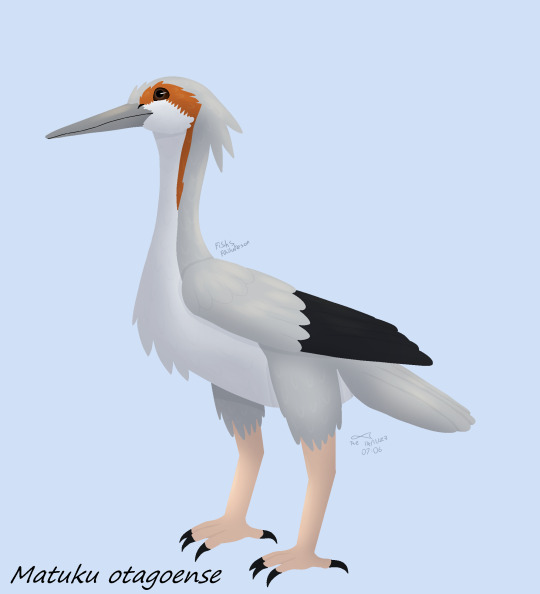
Day 14- Prehistoric animal from your home country.
I picked the Saint Bathans Heron AKA Mataku otagoense, this was quite challenging to do since I don't really draw birds often and there were barely any resources- I couldn't even find a single reconstruction.
Prompts
#art#my art#digital art#paleoart#dinovember#paleontology#birblr#palaeoblr#archosaurs#dinosaurs#theropods#coelurosaurs#maniraptorans#avialans#neornithines#aves#birds#neognaths#neoaves#aequornithes#pelicaniformes#ardidae#herons#matuku#matuku otagonese#saint bathans heron#saint bathans fauna#nz wildlife#Aotearoa#ok that's enough tags
18 notes
·
View notes
Text

Text Description: #shoebill #has anyone given one of these to an actual shoebill? #what would they think?
Probably "Ah, what a fine child. I will abandon it like the others."

*gives you this*
9K notes
·
View notes
Text

A great blue heron catches a large vole before gulping it down in a roadside pasture near Elkton in rural southwestern Oregon, US. Herons usually eat aquatic prey (fish, shellfish, insects and so on), but in winter, some herons adapt by hunting rodents when rain-swollen rivers are running high and fast - Photograph: Robin Loznak/Zuma Press Wire/Rex/Shutterstock
I don't know about the great blue heron, but I've seen grey herons eat rabbits and moorhens.
Click source for more Week in Wildlife photos.
#us#or#great blue heron#ord: pelicaniformes#fam: adeidae#ardea herodias#vole#ord: rodentia#fam: cricetidae#s-fam: arvicolinae#wildlife photography#robin loznak
2 notes
·
View notes
Text
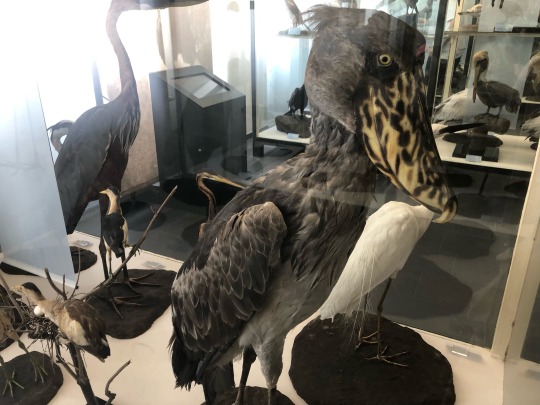

Shoebill.
1 note
·
View note
Text

Roseate Spoonbill (Platalea ajaja), family Threskiornithidae, order Pelicaniformes, Merritt Island National Wildlife Refuge, FL, USA
photograph by Marcos A. Rodriguez
21 notes
·
View notes
Note
hey! what's something cool you learned recently?
That herons are a part of Pelicaniformes, the same order as pelicans!
184 notes
·
View notes
Text
Q: if you ever do passeriformes, will you break them into families first and then make them fight in a big bracket at the end?
28 notes
·
View notes
Text

Roseate Spoonbill (Platalea ajaja), family Threskiornithidae, order Pelicaniformes, Merritt Island National Wildlife Refuge, FL, USA
photograph by Marcos A. Rodriguez
#platalea#wading bird#spoonbill#threskiornithidae#pelicaniformes#bird#ornithology#animals#nature#north america
2K notes
·
View notes
Text
E-100 series robots (& Metal Sonic) as birds - a 🧵
(And I do mean HC:ing them "as birds" - not talking about flicky battery stuff)
* = belong to the same order Pelicaniformes (tried to adhere to mostly related species)
E-102 Gamma: Great blue heron (Ardea herodias)*
1-1.4m (wingspan: 1.7-2m), 1.8-3.6kg
The first bunch of E-series give major heron/stork to me, with their lanky statures, long & prominent bird feet and specialist roles. (See; herons' fishing tactics with their precise strikes!)
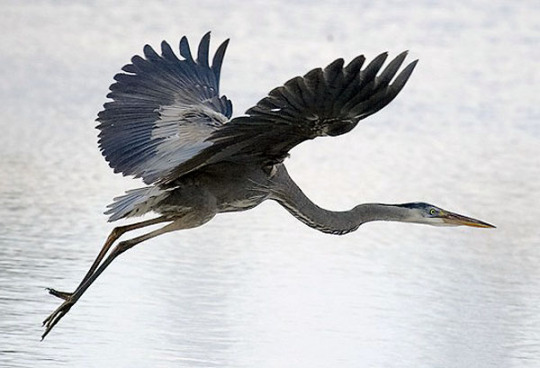
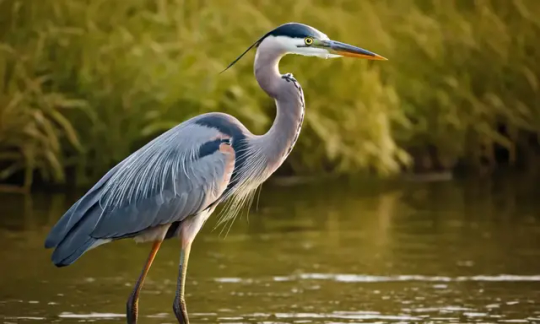
Although, cranes (Grus grus) relay the same energy as well, with bonus red details.

E-123 Omega: Brown pelican (Pelecanus occidentalis)*
1-1.5m (wingspan: 2-2.3m), 2-5kg
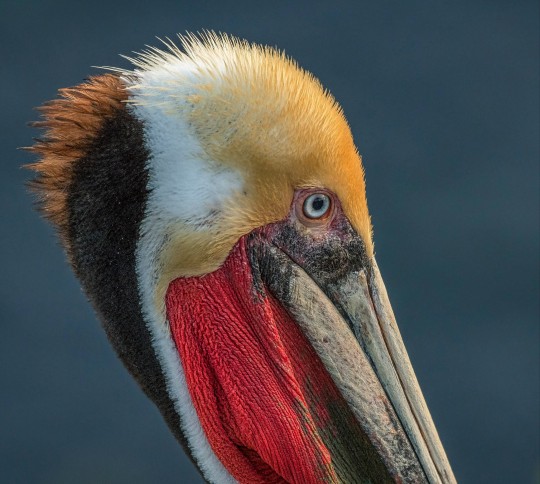
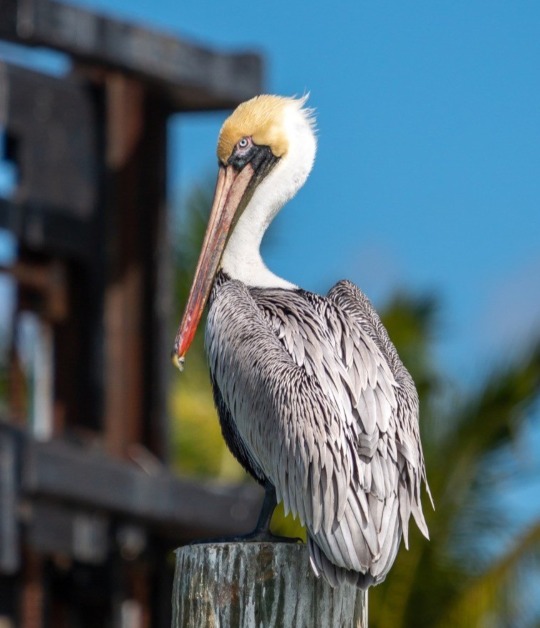
Pelicans are generally shorter and definitely heavier & stockier than their distant relatives (see above) with greater wingspan/height ratio. (Those shoulders!!) Pelicans are kind of infamous for being absolutely unhinged with their generalist & opportunistic builds. They would eat you if it was possible (not from lack of trying) so they get the intimidation factor as well! <3
Look at this (more or less) majestic specimen
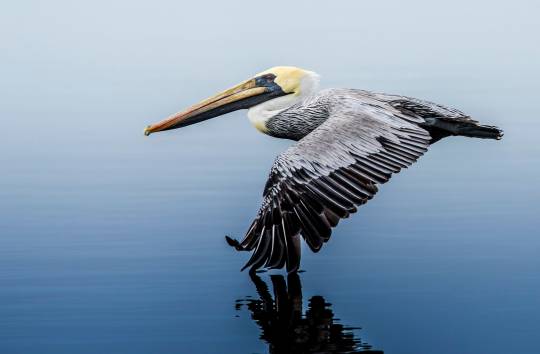
(The brown pelican is the smallest pelican species, there being way heavier species (up to 13kg), but I chose this one for the most fitting color scheme mostly.)
There's another species that's a good candidate for Omega, but another robot contender simply fits the bill (pun intended) better:
NEO Metal Sonic: Shoebill (Balaeniceps rex)*
1.1-1.5m (wingspan 2.3-2.6m), 4-7kg
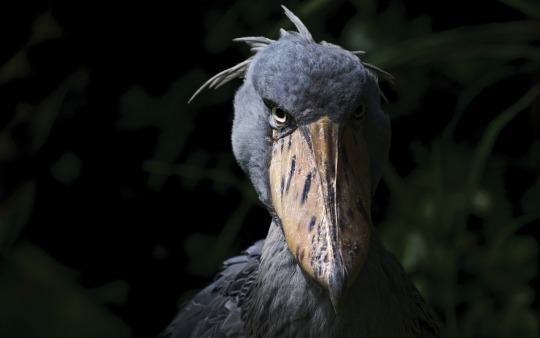
Need I say more?
I say NEO specifically, because these birds are huge and actually way taller than what base-form Metal even would be irl. They prance around and are known to make a lot of noise with their bills especially. (NEO being the form of Metal that speaks). So, yeah: NEO Metal. I'd argue they have Metal Overlord aesthetics as well.
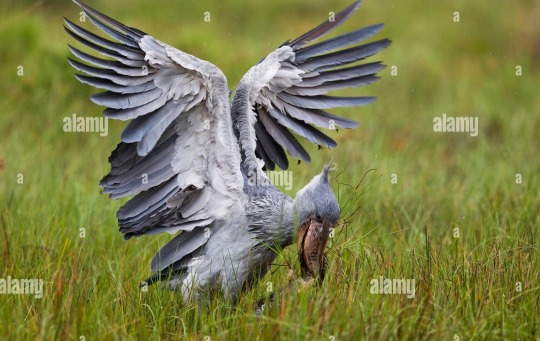
Meanwhile for Metal's base form:
Metal Sonic: Peregrine falcon (Falco peregrinus)
speed: 320km/h
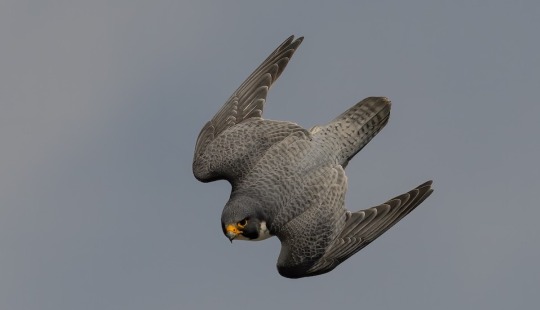
Naturally; It's the fastest animal which zooms in the skies. ("What would Sonic be then since he's faster?" Bro idk, he's a hedgehog.😐) They're yet another bird of pray, although, more evidently deadly than the ~piscivore species on this list (look at those claws). They've also got this cute-factor that fits that side of Metal, with the dark eyes, making them seem kind of sad:
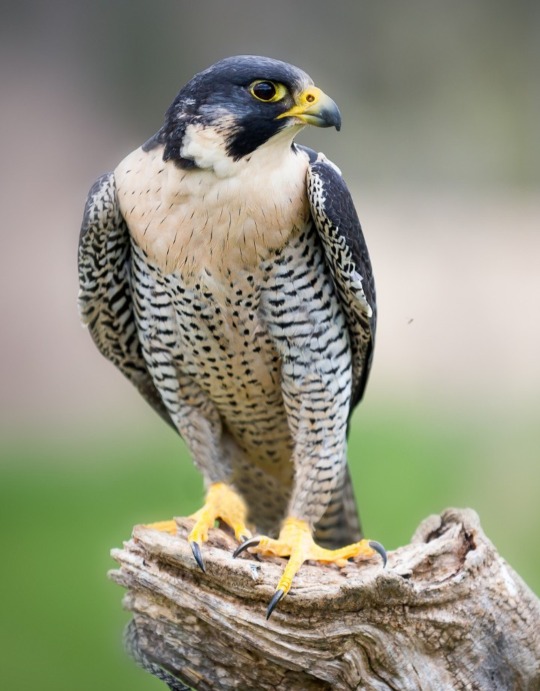
This concludes my self indulgent TED talk.
#//this started off from the thought that the early E-100s are kinda bird coded#//which... Yeah#Stay tuned for “Assigning bird species to the Babylon Rogues”#e-117 Sigma's included in the herons as well#(i didn't forget 'em)#//protip for drawing Omega's feet:#//✨bird feet✨#//not pelican feet tho'#e-102 gamma#e 102 gamma#e-123 omega#e 123 omega#Metal Sonic#my not art#stuff i've thought about#my hcs#StH#text post
9 notes
·
View notes
Text

American White Pelican Pelecanus erythorhynchos
12/12/2023 Orange County, California
#american white pelican#pelican#pelicans#white pelican#pelicaniformes#pelicanidae#my photos#bird#birds#nature photography#wildlife#nature#bird photography#wildlife photography#birding#birdwatching
34 notes
·
View notes
Note
BIRD TIME
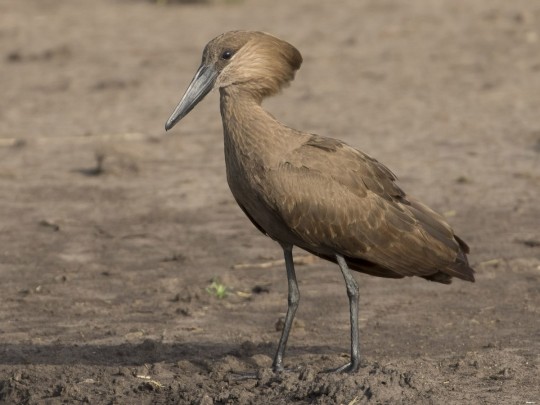
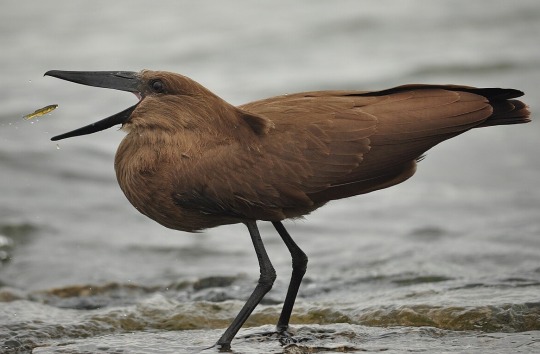
this is a Hamerkop! It has no living relatives in its family (scopidae). It's also a pelicaniforme! That's the other that includes pelicans and shoebills and cormorants and whatnot.
thank you sO much i needed bird fact
20 notes
·
View notes
Note
5 and 18 for the artist asks !!
5. what's your favorite thing to draw?
birds with featherless heads, praying mantises, lagomorphs, birds in the order pelicaniformes, worms, stamp designs, silly cat pictures, pterosaurs, fur texture
18 answered!
4 notes
·
View notes